Gardening hint: To keep the slugs and other pests away from young seedlings, grandma sprinkled the area around her Italian tomatoes with cayenne pepper flakes.
If grandma loved garlic, then it could be said that she worshipped the tomato. Her homemade Italian tomato sauce bubbled on the stove like an eternal volcano. The familiar and mouthwatering aroma of her sauce permeated the kitchen and welcomed us to her home. There are many things that link me to my past, but few rekindle memories as quickly as the smell of tomato sauce simmering on the stove.
Italian tomatoes
Back then, we didn’t know that eating tomatoes was good for us, we just knew that grandma’s sauce was delicious and we loved it. It wasn’t until recently that we learned of the true health benefits of tomatoes in our diet. The tomato has antioxidant properties of lycopene, a carotenoid found in tomato-based foods. Research reveals that this may reduce the risk of lung cancer by 25 percent as reported in the American Journal of Clinical nutrition. Cooked tomato products contain the most lycopene. Eating at least five 1/2-cup servings of tomato sauce every week may reduce the risk of lung cancer. Lycopene may protect against intestinal and prostate cancers too. Grandma’s adoration for the tomato was well placed.
Grandma especially liked to have a variety of Italian tomatoes in her garden, but sometimes because of her enthusiasm, she would overstock with plants and run out of garden space. That’s when she’d turn to container gardening.
The biggest advantage to growing Italian tomato in containers is that you can grow them just about anywhere in the yard providing they get at least 8 hours of sunlight. Keep in mind when you use containers they will dry out sooner and require a generous watering schedule.
When selecting a container pot be certain it is at least 12′ in diameter. Anything smaller would cramp a growing plant and produce smaller fruit. If you’re not good at regularly watering your plants, try using a plastic pot they don’t dry out as quickly as clay pots. Whichever pot is used, it is essential that drainage holes be placed in the bottom of each post to prevent water from pooling and rotting the plant’s roots.
Italian tomato seeds can be started indoors in individual pots in mid March to April. But, like grandma, I prefer to start with seedlings in May. Tomatoes require a loosely packed, well-drained soil generous in organic matter. A good mix consists of one part each of potting soil, perlite, peat moss and compost. Pure Garden soil isn’t a good idea as it most likely is filled with soil pests.
When grandma grew her bountiful garden she nourished it with her own homemade recipe for compost. Made from kitchen scraps and yard clippings. The highly nutritious compost created extraordinarily large produce.
Compost for tomato:
Every compost mixture must contain these basic ingredients: nitrogen, carbon, water and air in order to transform yard waste and kitchen scraps into nutrient-filled compost.
Grandma combined an equal amount of nitrogen-rich plants such as grass clippings and kitchen scraps (any fruit and vegetable peelings, coffee ground, leftover pasta) with carbon-rich plants such as fallen leaves, twigs, and garden clippings. Once she had the green (nitrogen) and brown (carbon) components assembled, she layered them intermittently or chopped the ingredients, which hastened decomposition. Grandma kept her compost heap behind the garage and made sure to water it every day, keeping it moist but not wet, and always well aerated.
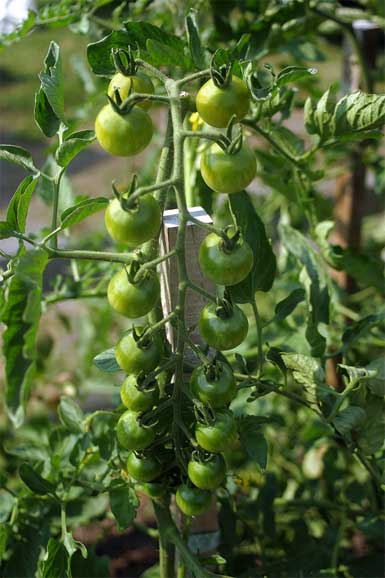
Compost heaps can heat up to 140 F and 160 F; at that heat, disease organisms and the seeds from added weeds are destroyed. Grandma used a garden hoe or rake to rotate the contents of the compost every other day; to make sure the leaves from the outside of the pile were moved toward the center. When using compost, make sure temperatures during the composting process are high enough to kill pest organisms.
Depending on the size and variety of your plant, it may be necessary to stake it. Always place the stakes in the pot before filling the soil and before you plant.
When planting, fill the container with soil mix stopping two inches from the top. Use stocky, vigorous plants and position them very near to the stake, no more than two to a 12″ container. Tomato vines like the room to spread and grow. Water thoroughly. Now place the container in a site with the full sun with some protection from the wind. Don’t forget to check your plants’ watering needs every day. By mid-July, you can begin to use a fertilizer solution for supplemental feeding. Miracle Grow 15-30-15 at the recommended rate. Remember never to fertilize when the plants are dry- always water them first.
To keep the slugs and other pests away grandma sprinkled the area around her Italian tomatoes with cayenne pepper flakes. Cayenne pepper was one of grandma’s favorite dried herbs and she grew plenty of the fiery hot pepper in her garden. Cayenne pepper, another of Grandma’s favorite garden plants had a multitude of uses in her kitchen. Among the pepper’s many health benefits, the capacity to aid digestion and improve circulation; it acts as a catalyst for other herbs as well. It is believed to be good for the heart, kidneys, lungs, pancreas, spleen, and stomach. And, according to grandma, it also helps to ward off colds, sinus infections, and sore throats. Many of today’s pain-relieving ointments have as their main ingredient cayenne pepper.
Grandma’s Recipe for Marinara, A Meatless Italian Tomato Sauce
- 3 tablespoons olive oil
- 1 med. Onion (finely chopped) 1/2 green pepper chopped (optional)
- 2 or 3 cloves of garlic (crushed, whole or diced)
- 2 15oz. Size cans of tomato sauce
- 1 cup of water
- 1/4 cup red wine (0pional)
- 1 teaspoon crushed oregano
- 1/2 teaspoon salt
- 1/4 teaspoon crushed cayenne pepper.
On low heat, saute the onions and garlic in olive oil, until onions become transparent and tender toss in the cayenne pepper (make sure not to burn the garlic as it can burn quickly and become bitter) add all remaining ingredients and simmer covered for an hour, leaving the lid open just a little for steam to escape.
Oregano may be more than just an herbal ingredient. The green, tasty herb has been found to have 42 times more antioxidant activity than apples. Fresh oregano may prove to be a powerful disease fighter. Previous studies have shown that antioxidants may help fight cancer, heart disease, and stroke by protecting cells and destroying free radicals in the body.
It was many years ago that I paid my Nonna Isolina a final visit. As I walked up the pathway, I could smell the inviting aroma of her Italian tomato sauce bubbling on the stove. She was well into her 90s by then, but still an avid backyard gardener and an excellent cook. Like a lot of things I remember from that day, the fragrance of her budding spring flowers mingled with the aroma of her simmering Italian tomato sauce remains unchanged and forever in my memory.

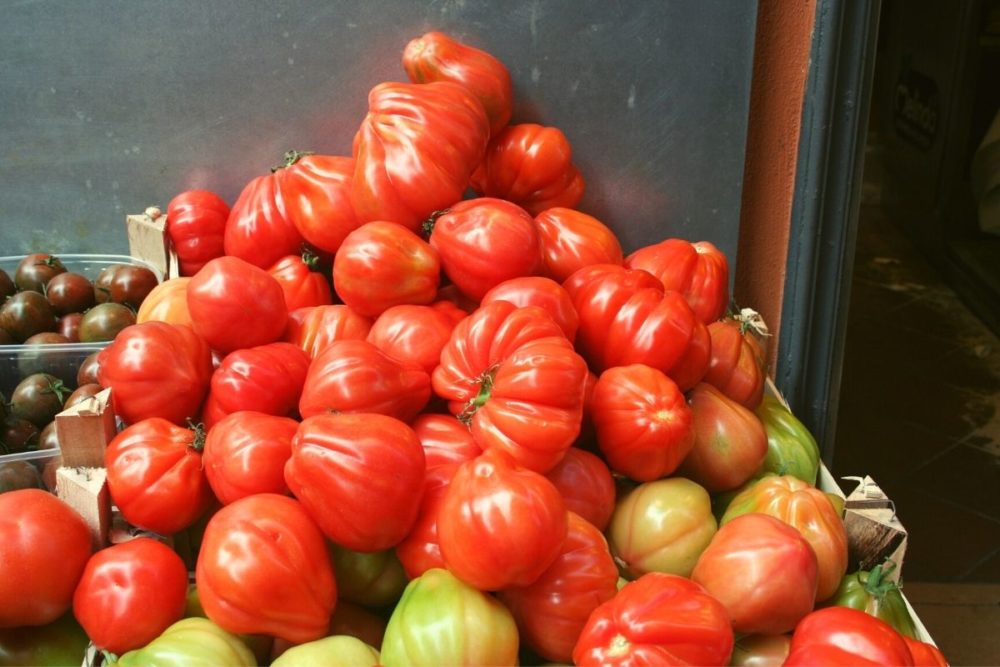
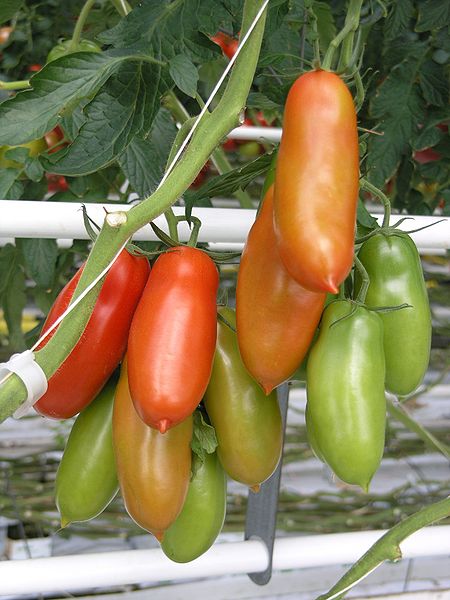






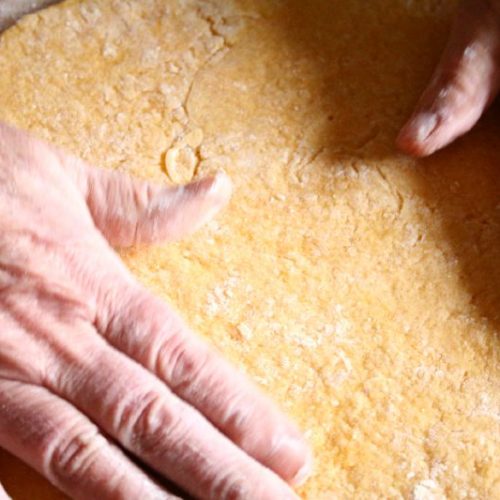
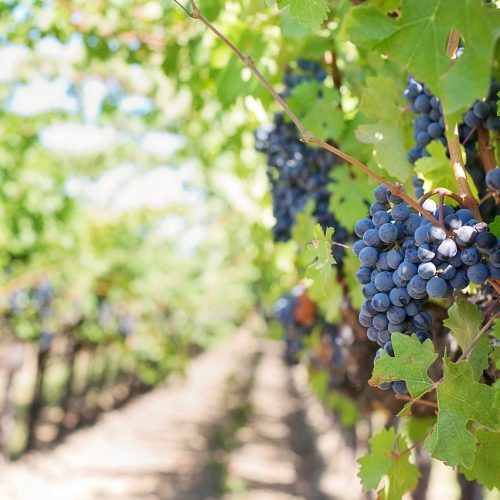


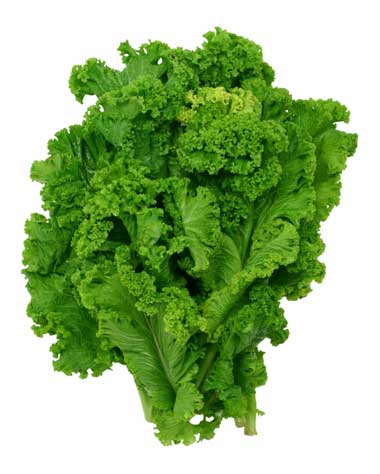


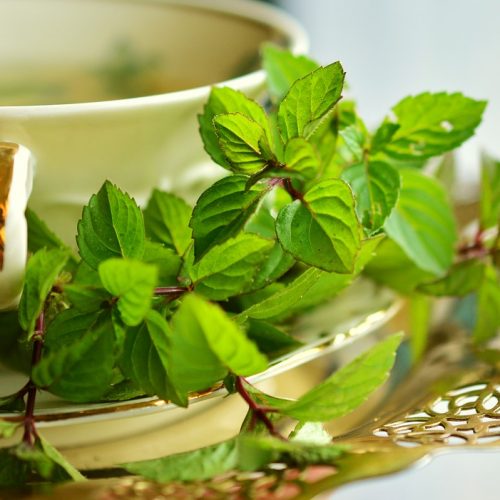
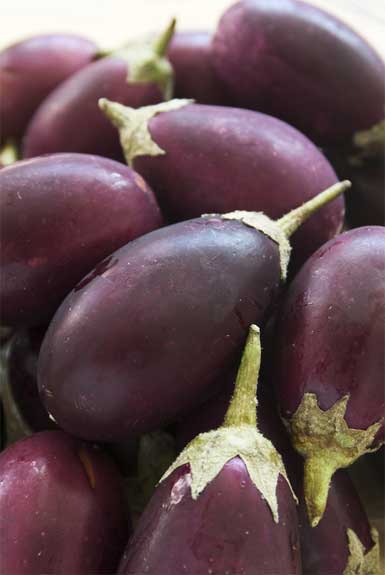
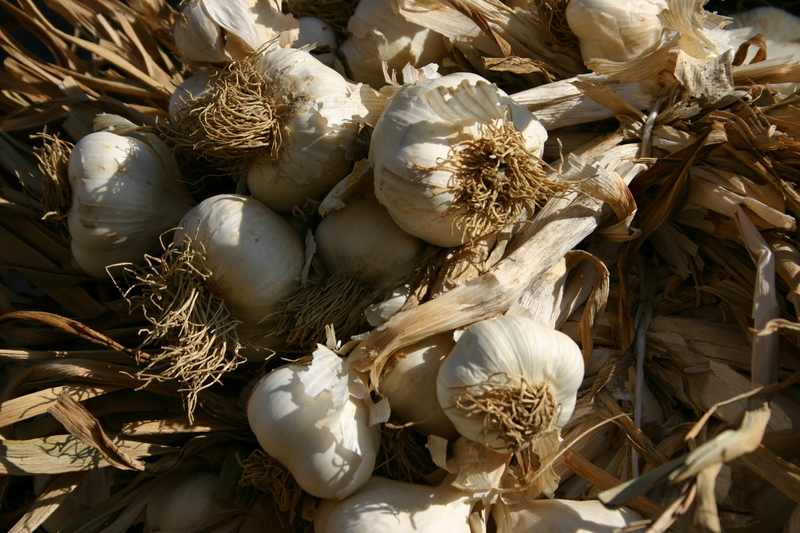
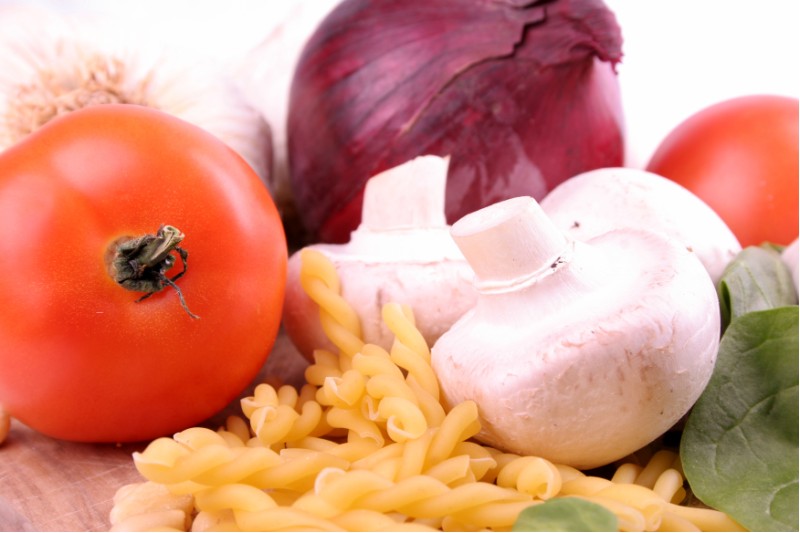
Canned tomato sauce? You mean the stuff with garlic and onion “flavoring”? My Nonna used either canned San Marzano tomatoes or strained tomatoes from Italy! She also claimed oregano made the sauce bitter; only Fresh Basil was used, and it was added in the last few minutes of cooking. Onions? If she felt like it, but always 3 – 4 cloves of garlic. A generous amount of olive oil (around 4 tablespoons)! and salt and pepper. Lastly, she would cut a carrot in half and discard it when the sauce was ready. This was to cut the acid from the tomatoes.